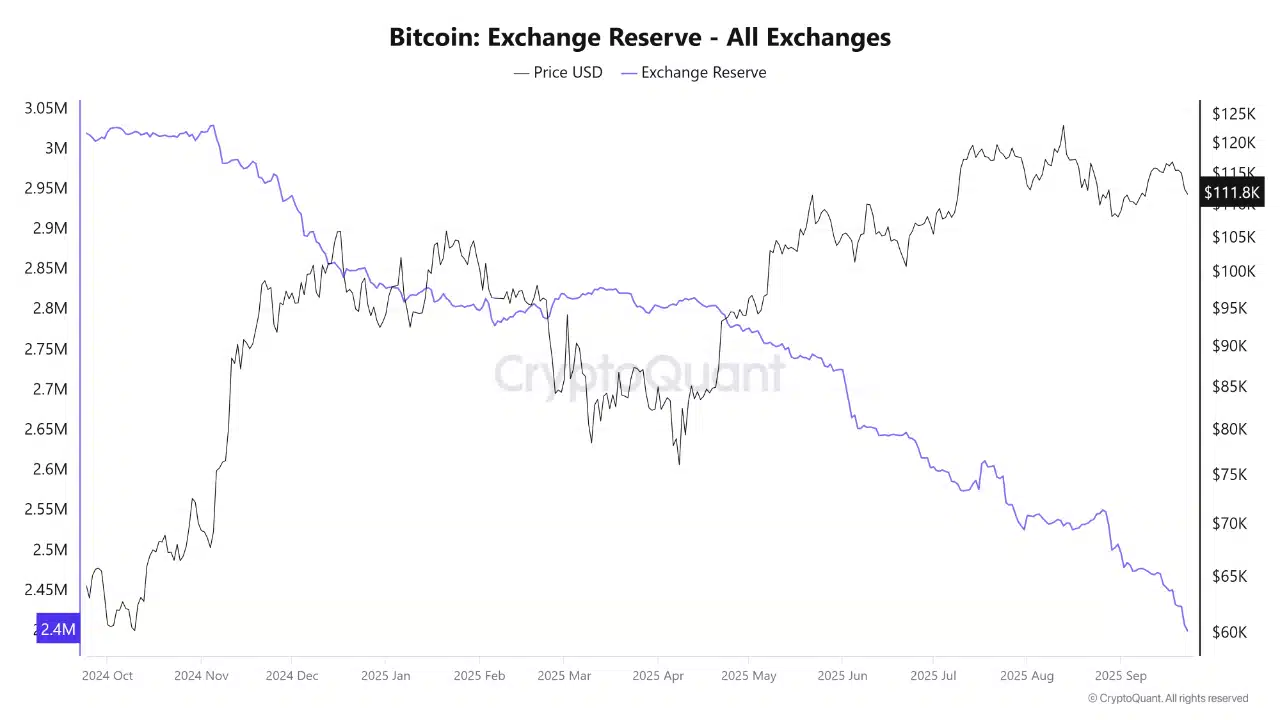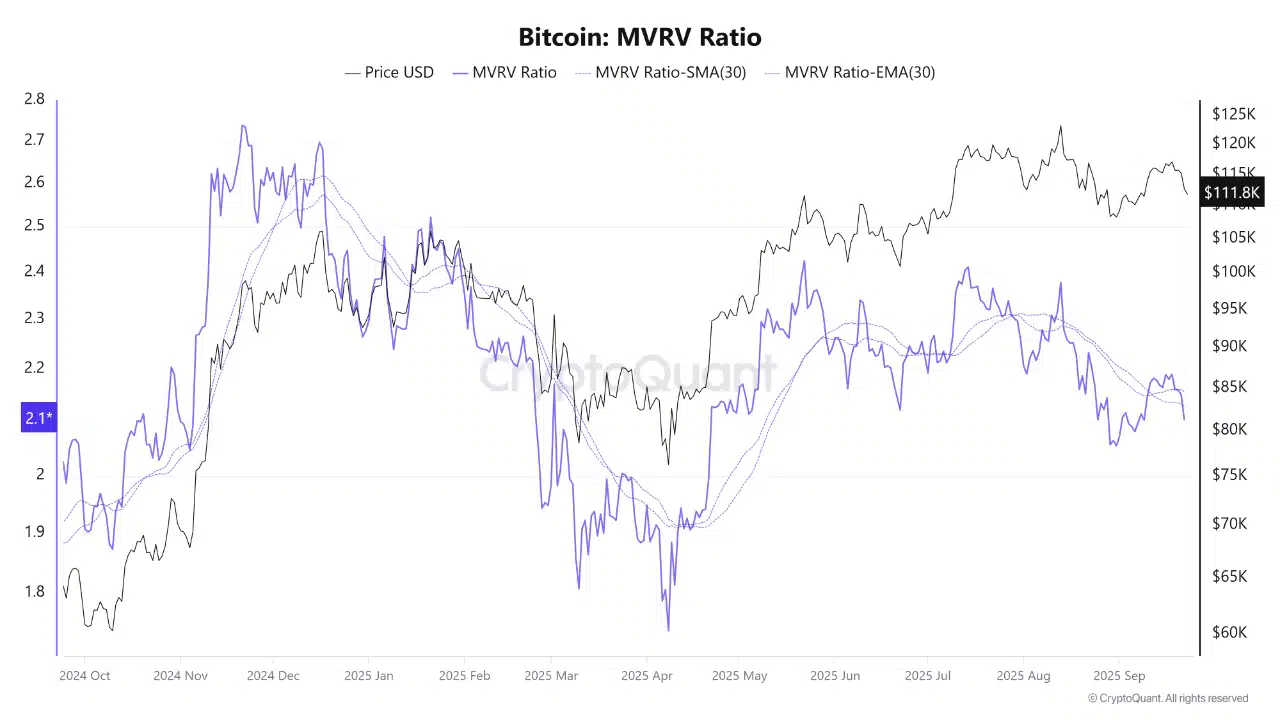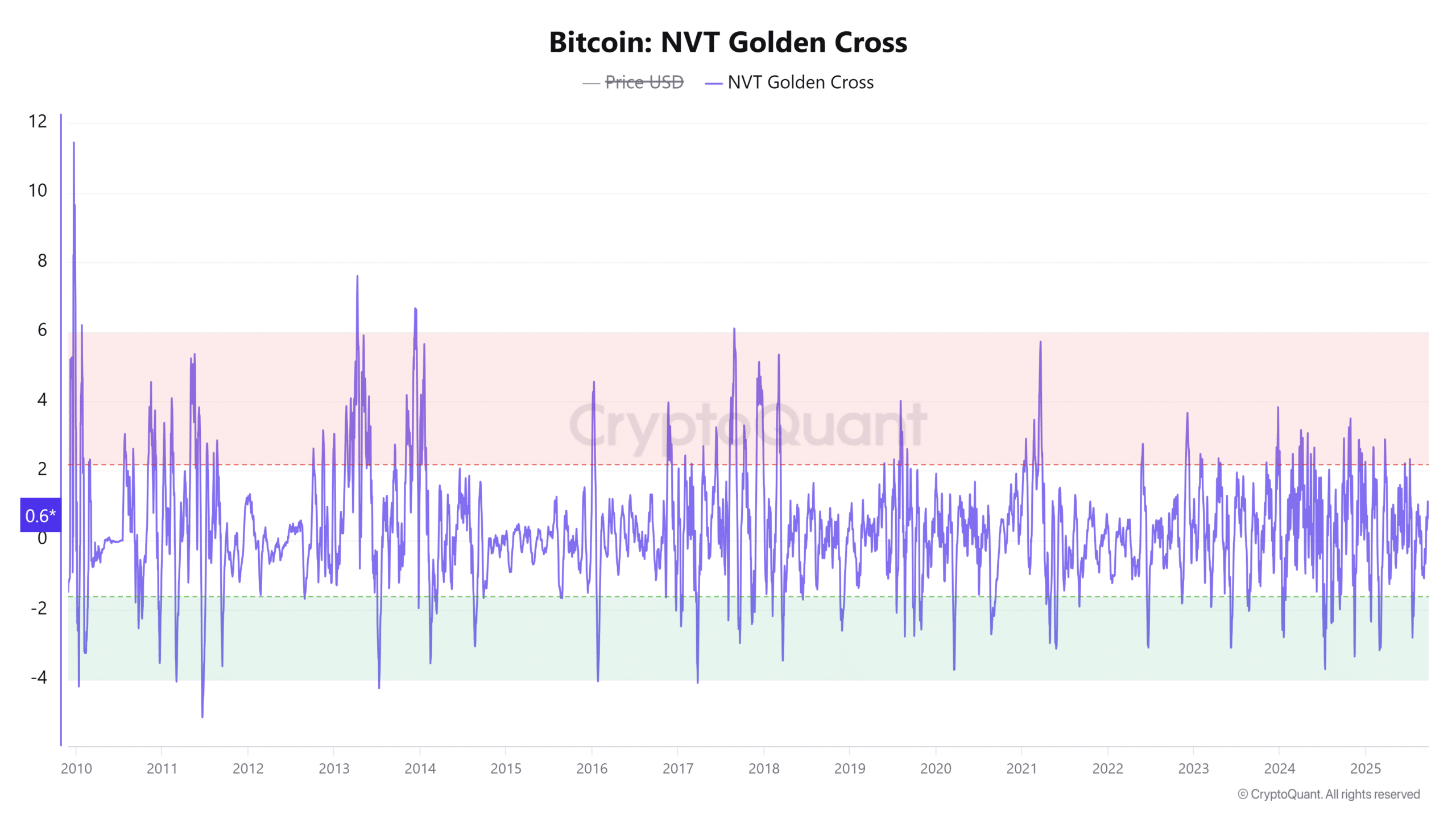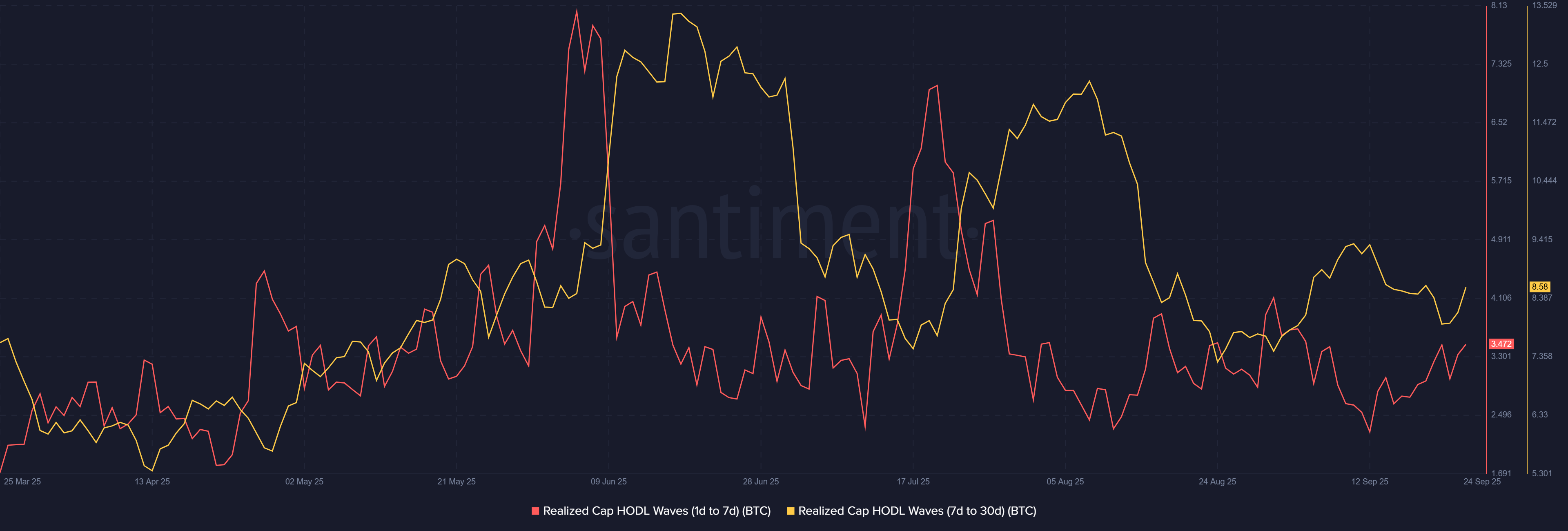Bitcoin volatility is at multi-month lows while Exchange Reserves hit fresh lows and the NVT Golden Cross has softened — a combination that signals compressed risk and a high probability of a sharp breakout once demand reappears.
-
Low volatility + falling Exchange Reserves = supply squeeze potential.
-
Balanced MVRV and improving NVT Golden Cross point to healthier on-chain activity.
-
Short-term HODL waves rose while long-term conviction remains, increasing directional tension by ~33% in NVT metrics.
Bitcoin volatility is low; Exchange Reserves fall and on-chain NVT strength rises — watch for a breakout. Read on for data-driven signs and next steps.
What is driving Bitcoin’s low volatility?
Bitcoin volatility has contracted to its lowest levels since 2023, driven by fewer coins on exchanges and subdued trading ranges. Low volatility reflects a market in equilibrium where holders prefer to sit tight, limiting immediate sell pressure while liquidity tightens on the supply side.
How are Exchange Reserves affecting Bitcoin?
Exchange Reserves continue to decline to multi-year lows, reducing the pool of instantly available BTC for sale. With fewer coins on exchanges, selling capacity is constrained and liquidity becomes fragile.
When reserves are low, even modest increases in demand can trigger outsized price moves because the marginal supply is limited. This dynamic elevates the probability of a supply squeeze once buyers re-enter the market.

Source: CryptoQuant
Can MVRV and HODL behavior sustain the wait-and-see mood?
The MVRV Ratio remains around a neutral 2.1, indicating that holders are neither deeply in profit nor under significant unrealized loss. That balance reduces forced selling and supports the current calm in Bitcoin volatility.
At the same time, Santiment’s Realized Cap HODL Waves show increased short-term activity (1–7 day), while 7–30 day waves remain elevated. Newer entrants are trading more, while long-term holders appear steady, creating a push-pull that preserves the consolidation phase.

Source: CryptoQuant
NVT Golden Cross: Why does it matter now?
The NVT Golden Cross has dropped by roughly 33%, signaling stronger transaction volumes relative to Bitcoin’s market value. A falling NVT indicates that the network is handling more real economic activity versus speculative valuation.
This improvement in the NVT Golden Cross, combined with low volatility and shrinking Exchange Reserves, suggests healthier fundamentals that could support a sustained move when price action resumes.

Source: CryptoQuant
How are HODL waves shifting investor conviction?
Short-term HODL waves (1–7 day) have increased, indicating higher turnover among recent entrants. Long-term holders (over 30 days) remain largely unchanged, showing persistent conviction.
This divergence increases the likelihood of sharper intraday moves while anchoring long-term support — a setup consistent with past phases where low volatility preceded large directional breaks.

Source: Santiment
Is Bitcoin storing energy for its next move?
The mix of compressed Bitcoin volatility, falling Exchange Reserves, neutral MVRV, an improving NVT Golden Cross, and mixed HODL behavior indicates energy accumulation rather than dispersion. Historically, similar combinations preceded major directional moves.
Market participants should monitor liquidity on exchanges, on-chain volume trends, and NVT behavior — a change in any of these could trigger a significant breakout or breakdown.
Key Takeaways
- Low volatility: Indicates compressed risk and rising breakout potential.
- Exchange Reserves: Falling reserves reduce sell-side liquidity and increase supply squeeze risk.
- NVT Golden Cross & HODL Waves: On-chain metrics show improved network activity and diverging holder behavior, supporting the case for a sharp move once demand returns.
Conclusion
Bitcoin volatility has contracted while on-chain signals — notably falling Exchange Reserves and an improving NVT Golden Cross — point toward a market that is storing directional energy. Traders and investors should watch liquidity and on-chain flows closely; the next decisive move could be swift and amplified by constrained supply.





